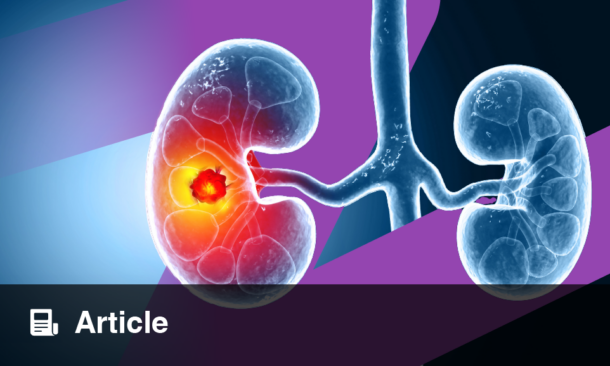BACKGROUND AND AIM
Radiologists who evaluate CT scans have diagnostic challenges due to the complexity of underlying anatomy and the potential intricacy of skull fractures. The lack of radiologists and the increasing need for quick and precise fracture diagnosis have highlighted the need for automated diagnostic technologies.1,2 Deep learning (DL) is used by convolutional neural networks (CNN), a promising new class of medical imaging technology, to increase the accuracy of diagnoses. This systematic review and meta-analysis study aims to evaluate CNN’s ability to identify skull fractures on CT scans.3
METHODS
Studies published before 2024 that employed CNN models to identify skull fractures on CT scans were found using PubMed, Scopus, and Web of Science. Sensitivity, specificity, accuracy, and the area under the curve (AUC) were all analysed. To evaluate publication bias, Egger’s and Begg’s tests were employed with STATA version 15.
RESULTS
A meta-analysis of 11 trials including 20,798 patients was conducted. When pre-training for transfer learning was incorporated into CNN training model, the pooled average AUC was 0.96±0.02. The combined averages for specificity and sensitivity were 0.93 and 1.0, respectively. An accuracy of 0.92±0.04 was achieved. Research revealed heterogeneity, which was accounted for by variations in training models, validation methods, and model topologies. No significant publication bias was seen.
CONCLUSION
CNN models are effective in detecting skull fractures on CT scans. The results indicate that CNN models have the potential to increase diagnostic accuracy in the imaging of acute skull trauma, despite significant variability and potential publication bias. Future research could focus on the usefulness of DL models in prospective clinical trials to further improve these models’ practical application.4,5







